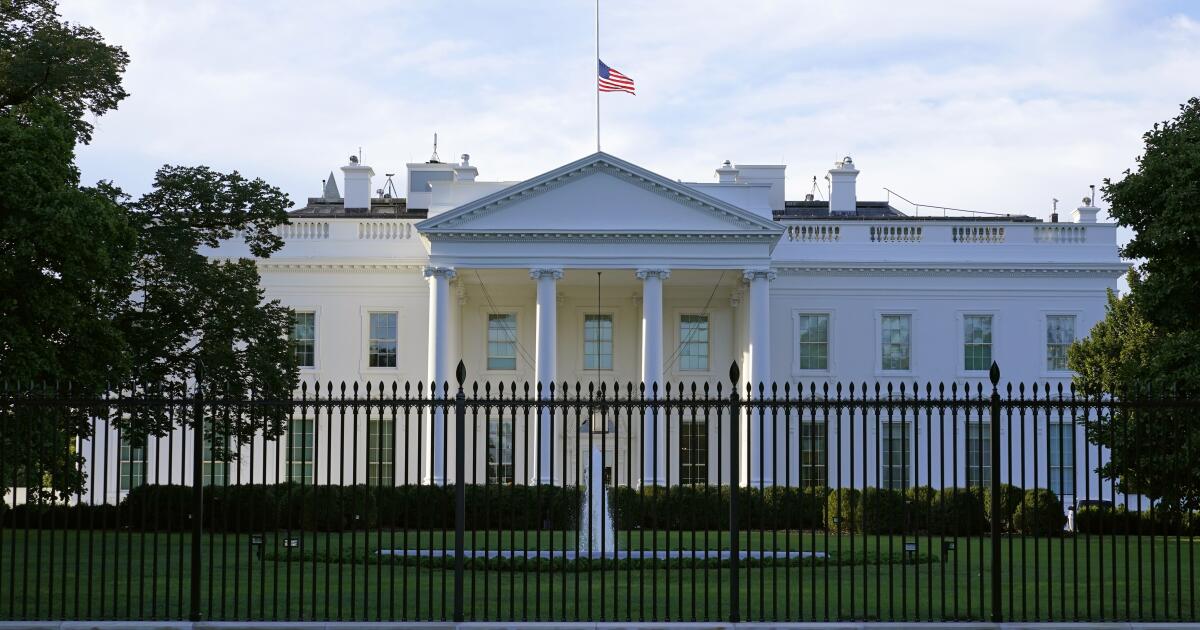For businesses using interactive voice response (IVR) systems, a well-designed call flow is essential to streamline the customer journey and optimize self-service options. When strategically designed, IVR call flows allow customers to resolve common issues independently, ensuring human agents can focus on complex or high-priority cases.
Optimizing IVR call flow is an ongoing process, as customer needs and business capabilities evolve. By staying aware of IVR call flows within your system, you can maximize contention rate, decrease wait times, and even avoid many of the causes of call center burnout.
This guide will cover best practices for designing IVR call flows, common challenges, and how to spot problems in your existing system.
1
RingHead Office
Employees by company size
Micro (0-49), Small (50-249), Medium (250-999), Large (1000-4999), Business (5000+)
Medium (250-999 employees), Enterprise (5,000+ employees), Large (1,000-4,999 employees)
Medium, Company, Large
Characteristics
Hosted PBX, Managed PBX, Remote User Capability and more
IVR Call Flow Basics
IVR is a standard feature for business telephone services and call center software. Provides a simple way to accept calls and encourage callers to exhaust their self-service options before speaking with a human agent or receptionist.
When a customer calls, the automated system immediately greets them by presenting a menu of options. These may include transfers to a specific department or agent, accessing registered information such as a business address, or searching for personal account details.
Each menu option corresponds to a number on the caller's tone keypad. A common example is “press 0 for operator”. With this method, callers can easily select the option or category that best suits their needs by pressing the appropriate number.
The custom menu selections and automated checkpoints you create for your IVR system make up your IVR call flow, which is the series of steps a caller will take from one option to the next until reaching the desired destination.
A single call center IVR system can have dozens or hundreds of potential call flows. The trick is to make it as easy as possible for the customer to complete the specific series of steps. A high-performance IVR call flow should appear simple and intuitive, with options that match exactly what customers are looking for without unnecessary steps.
When illustrated in an IVR call flowchart, it will resemble a telephone tree that branches at each decision point, representing the customer's options throughout their journey as a caller.
SEE: Discover the latest IVR updates and get eight free phone tree templates to get started on the right foot.
How IVR call flow affects contention rate
Contention rate is a key metric in call centers that compares the percentage of calls resolved by the IVR to the total number of calls routed through the IVR. A contention rate of 50% indicates that half of all calls are successfully handled by the IVR and the other half require a live agent.
A high contention rate indicates that IVR call flow is optimized: callers find what they need through the IVR system instead of having to speak to an agent.
If you notice the contention rate decreasing, there is most likely something wrong with one or more IVR call flows.
Now, there is no industry standard for the contention rate that all call centers try to achieve. The nature of customer calls varies too much from place to place. You will have to look at past data and establish your own baseline.
To calculate the contention rate, divide the number of calls that were resolved solely using IVR technology by the total number of incoming calls. Both of these data points should be easy to find in the analytics dashboard of any modern call center software.
Customers often report a better overall calling experience when they can find answers without the help of an agent. Many times, they can resolve a problem faster this way and would rather be stuck in an endless queue at the call center.
SEE: Discover the most common reasons for long waiting times in queues.
Similarly, agents tend to be happier and work more effectively when their contention rate is high. It means they waste less time on problems that can be easily solved and more time managing complex problems. As the contention rate increases, agents face lower call volume, which means less stress and fewer customers irritated by waiting on hold.
IVR Call Flow Tips to Improve Contention Rate
Here are some ways to ensure you configure IVR call flows to maximize contention rate:
- Simplify menu options: Keep your IVR menu concise and intuitive. Too many options or complicated menus can overwhelm callers and force them to choose agent assistance. A simple, clear flow encourages self-service and increases contention.
- Increase self-service options: Focus on common customer inquiries and tasks that can be performed without an agent, such as checking account balances, making payments, or resetting passwords. Providing helpful self-service options will increase the likelihood that customers will resolve their issues within the IVR.
- Include clear confirmation messages: Use confirmation messages to ensure customers are on the right path before continuing. For example, asking “Is this the information you are looking for?” can reduce confusion and help guide the customer through the IVR without the need for an agent.
- Optimize call flow based on data: Periodically review metrics such as abandonment rate and task completion rate to identify and correct areas where customers abandon. If certain steps have high abandonment, consider simplifying them or providing clearer options.
- Provide clear exit routes for climbing: While the goal is containment, it is important to allow a smooth path to officer assistance if necessary. Avoid frustrating customers by giving them a clear, simple option to contact an agent when needed, but don't make this their first option.
- Periodically update and test the flow: Continually adapt call flow to address emerging customer needs or feedback. Testing new scripts and features ensures that your IVR remains effective and continues to meet user expectations, helping to maintain or increase contention rates.
- Use conversational IVR: Implement IVR systems that use natural language processing and speech recognition to allow callers to interact more naturally. Conversational IVR helps customers feel more engaged, reduces frustration, and increases the likelihood of resolving issues without involving agents. Learn more about the benefits of conversational IVR.
Most of these methods require nothing more than a little analysis on your part. And the payoff can be quite dramatic. A single confusing menu can lead to many other problems later.
How to detect IVR call flow problems
There are several metrics that reveal where problems may be occurring in call flow. Monitoring these metrics helps identify specific pain points that are creating inefficiencies:
- Containment rate: Measures the percentage of calls resolved by the IVR without the need for an agent. A drop in this rate suggests that the IVR is failing to address caller needs effectively, resulting in more calls to agents.
- Call abandonment rate: Monitors how often callers hang up before completing the IVR process. A sudden increase in abandonment suggests that call flow may be frustrating or not providing the expected self-service options.
- Customer Satisfaction Scores (CSAT): Gathering feedback through post-call surveys reveals how satisfied customers are with their IVR experience. Low CSAT scores often indicate problems in the IVR process that need to be addressed.
- Average Handling Time (AHT): Measures the average time spent on calls, including those that escalate to agents. A high AHT may indicate inefficiencies in the IVR flow, such as redundant steps or unclear paths.
Along with these basic metrics, there are a few other indicators that can indicate problems in IVR call flow. For example, a higher First Call Resolution (FCR) failure rate could indicate that the IVR is not effectively directing callers to the correct solutions. A high transfer rate may suggest misrouted calls, while excessively high agent occupancy rates could indicate overload caused by IVR inefficiencies.
Bringing these issues to light and addressing them will help you improve call flows and avoid a host of downstream problems, such as angry customers and long call queue times.
How to create an IVR call flow from scratch
A good rule of thumb is to start with a main menu of three to five broad categories that best generalize what callers may need. You can find this information by reviewing your call data to discover the most common reasons customers get in touch. These may include keywords and phrases such as “website help,” “billing questions,” and “update account information.”
From there, each selection should lead to a submenu of more specialized options designed to address the caller's problem. These options may include automated recording of useful information, such as business addresses and hours of operation. Note that modern AI integrations and features can also automate the sharing of specific caller details, such as invoice totals and account balances.
Before getting too specific with your options, remember to keep your menus simple and concise. Otherwise, confused customers might “exit” your call flow to seek help from an agent or abandon the call altogether. Of course, there may be points where you choose to connect callers to an agent, but you don't want this to happen too soon because it defeats the purpose of having self-service options if no one uses them.
That said, call center best practices are to include an option to “dial 0” at any time so the caller can get in line to speak with a human agent immediately. In many cases, simply offering that option allows for a better calling experience, even if callers don't use it.
Likewise, another good practice is to offer a callback instead of forcing the caller to wait until the next agent is available. This approach gives customers more freedom while preventing average handle times from becoming too high.












